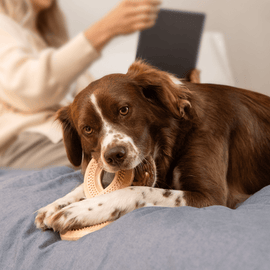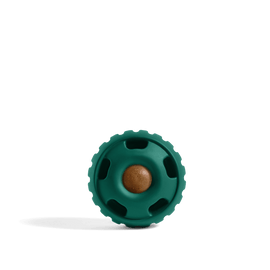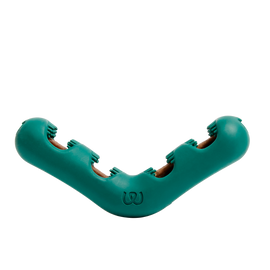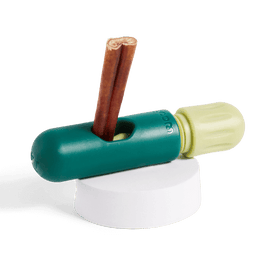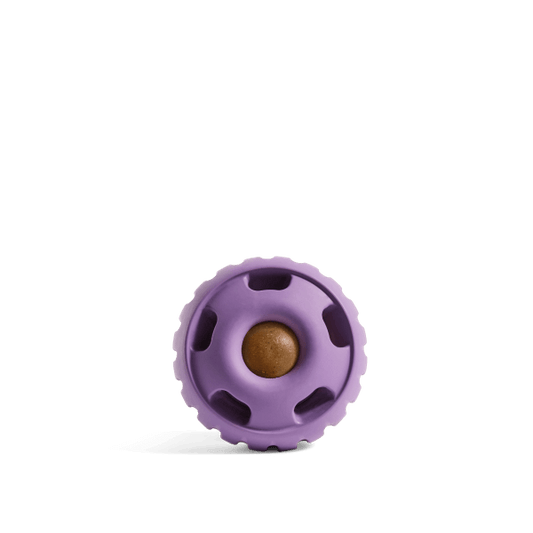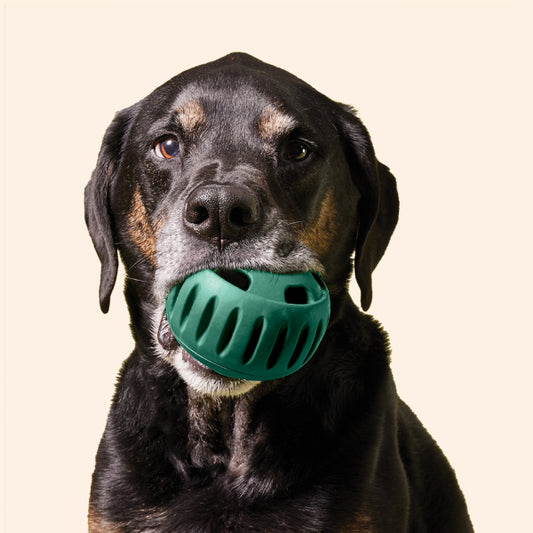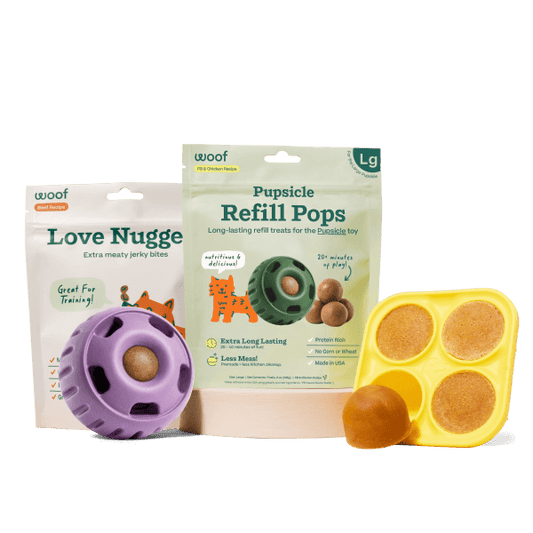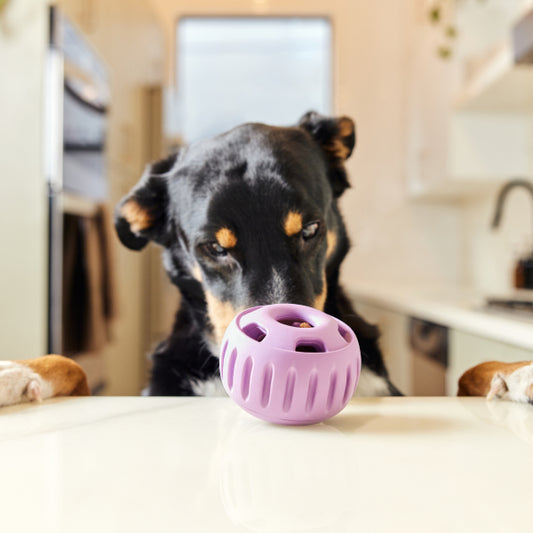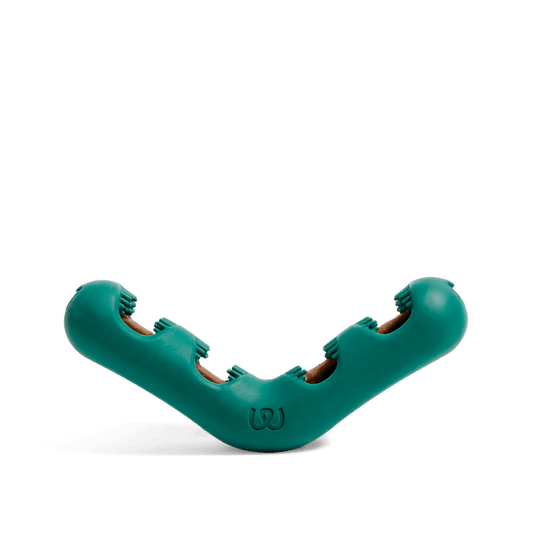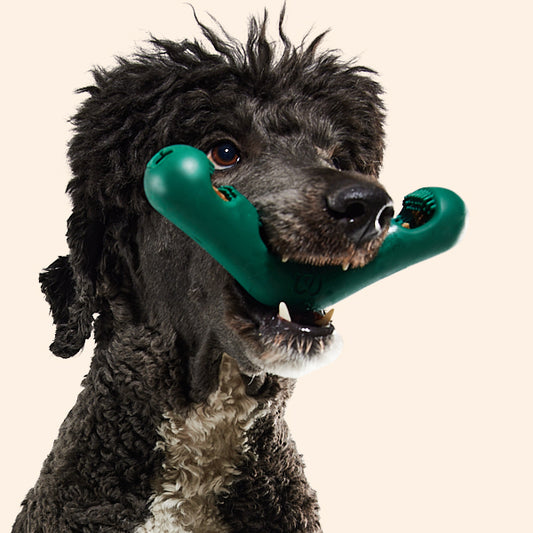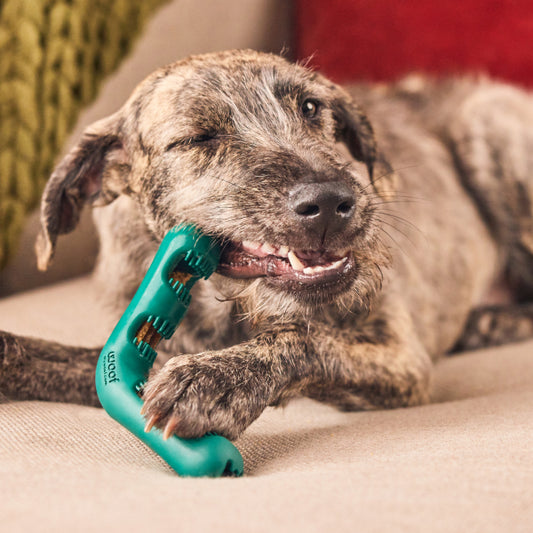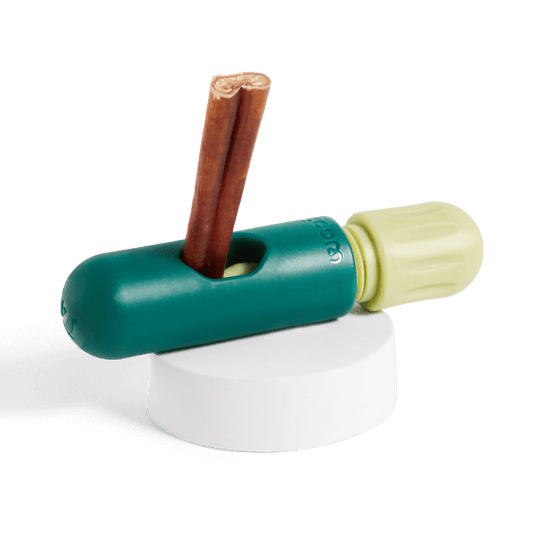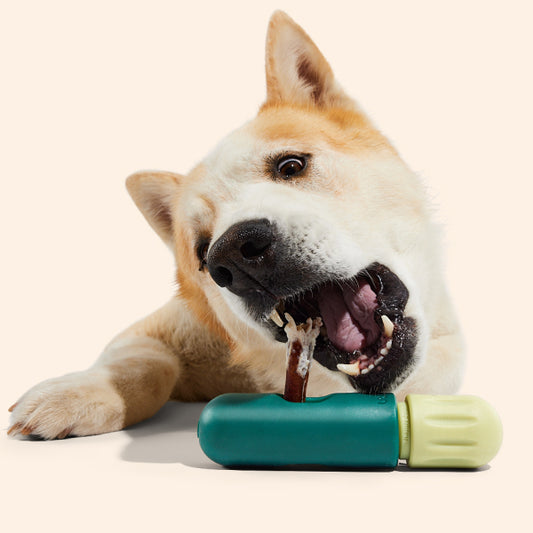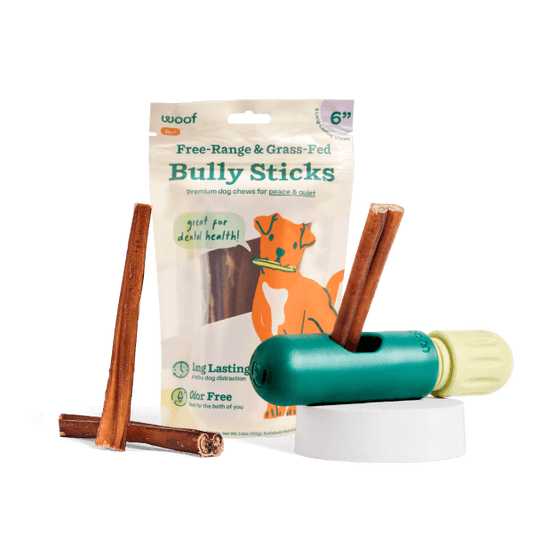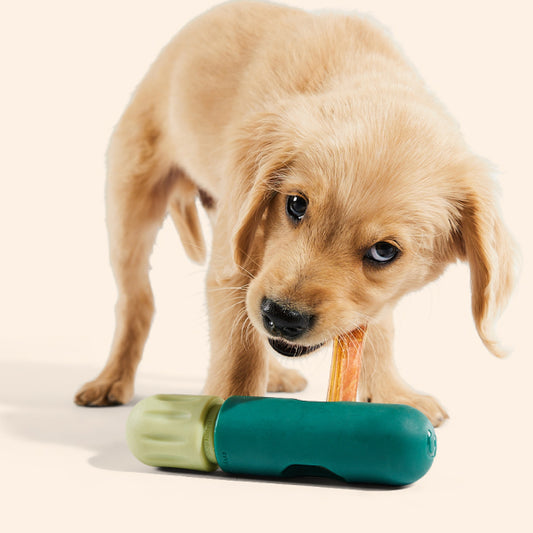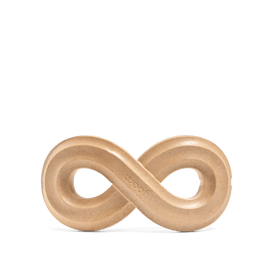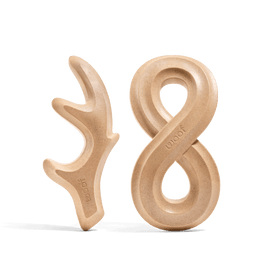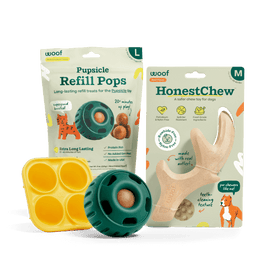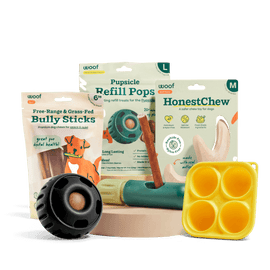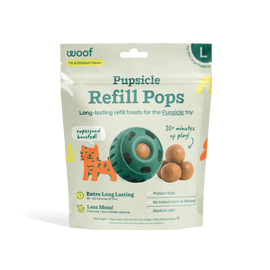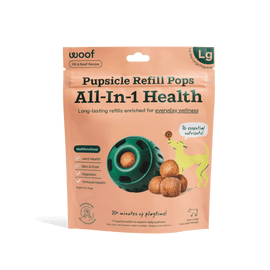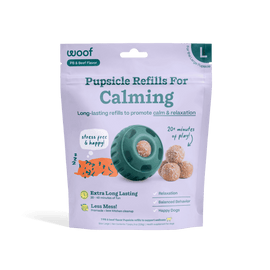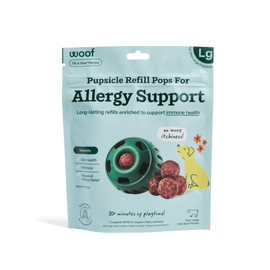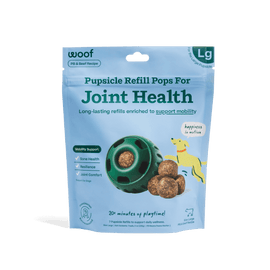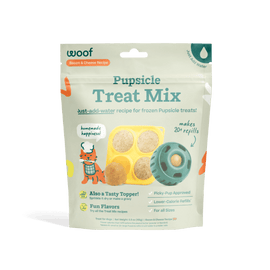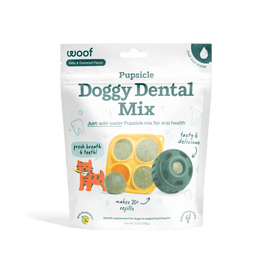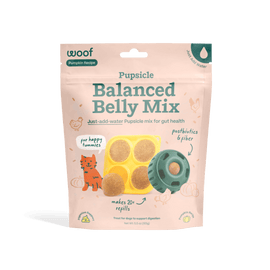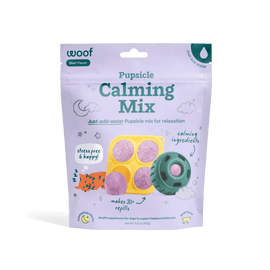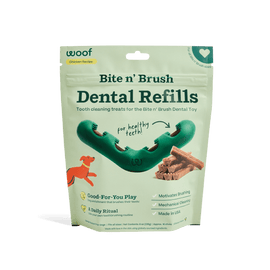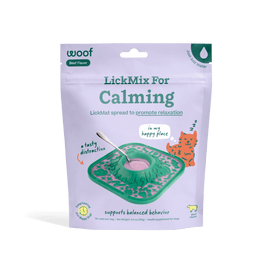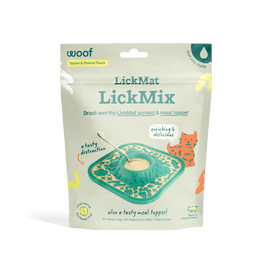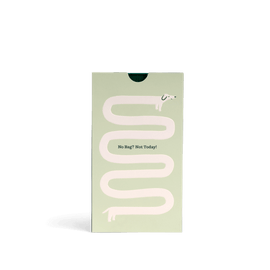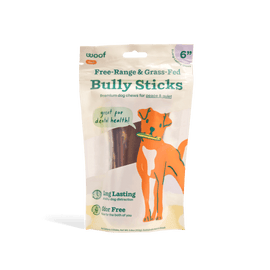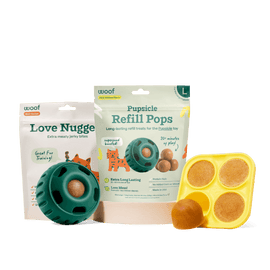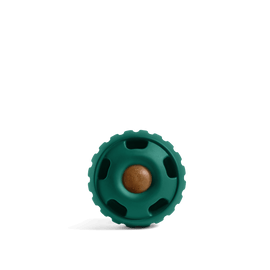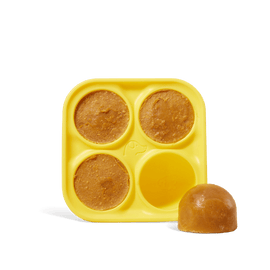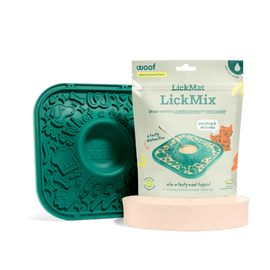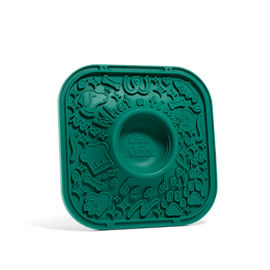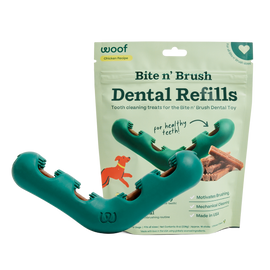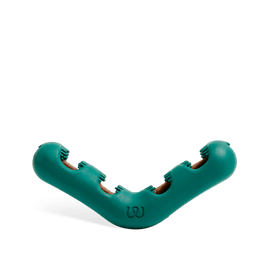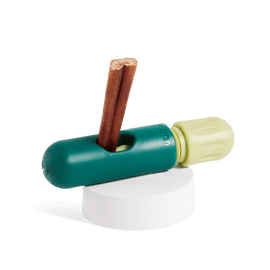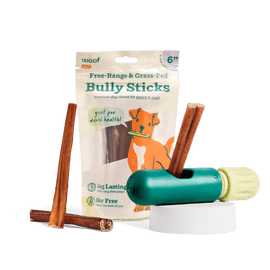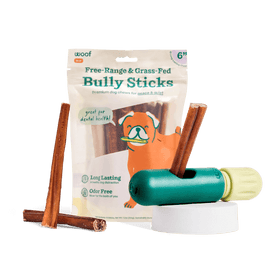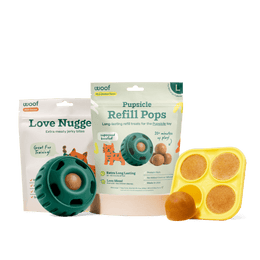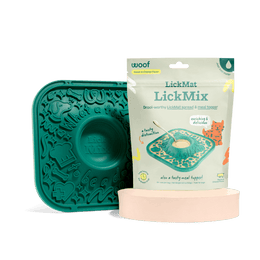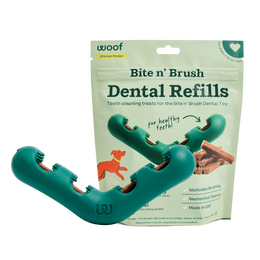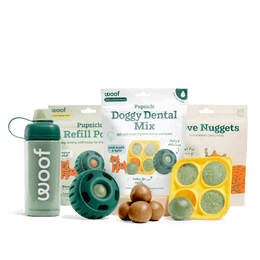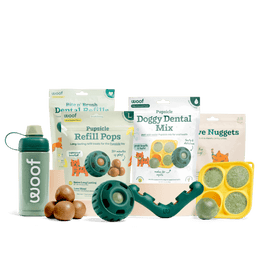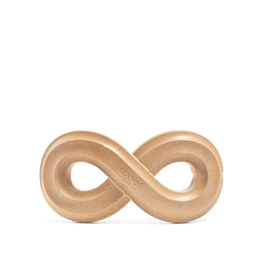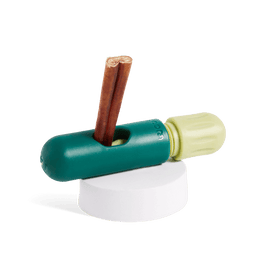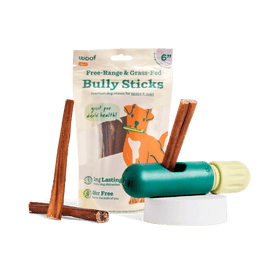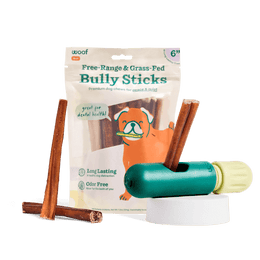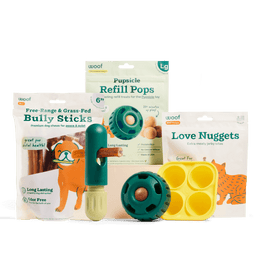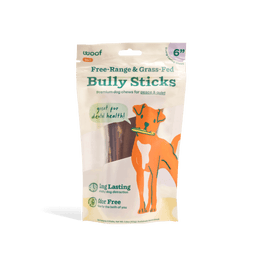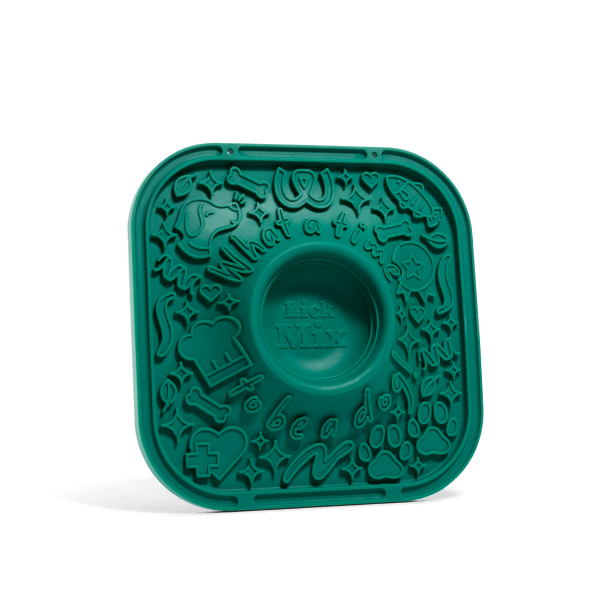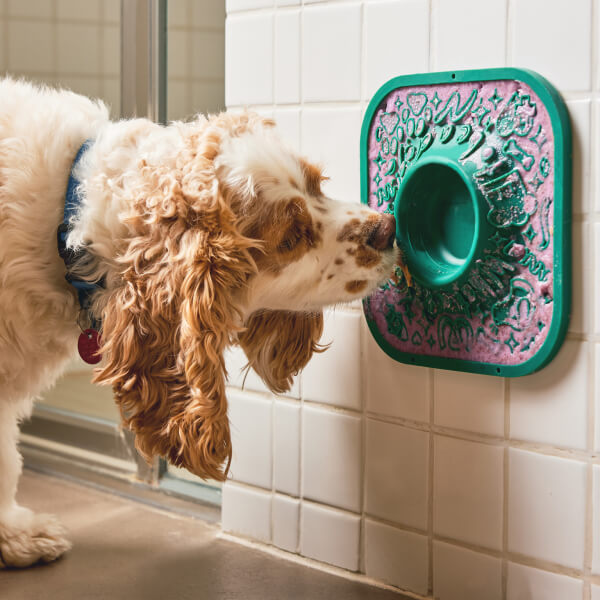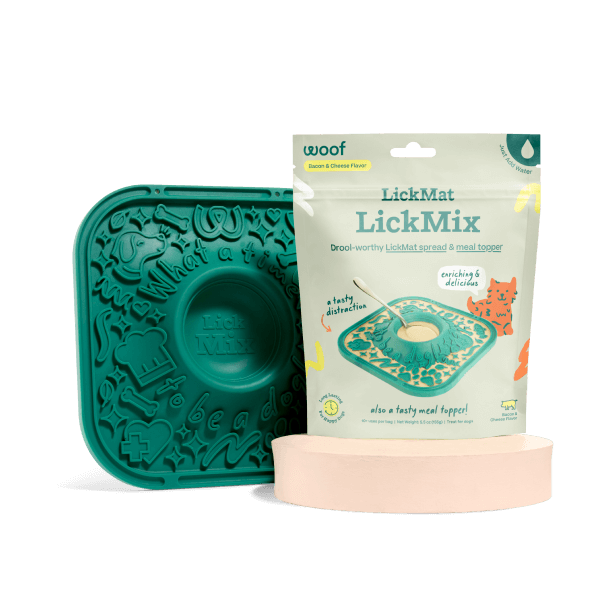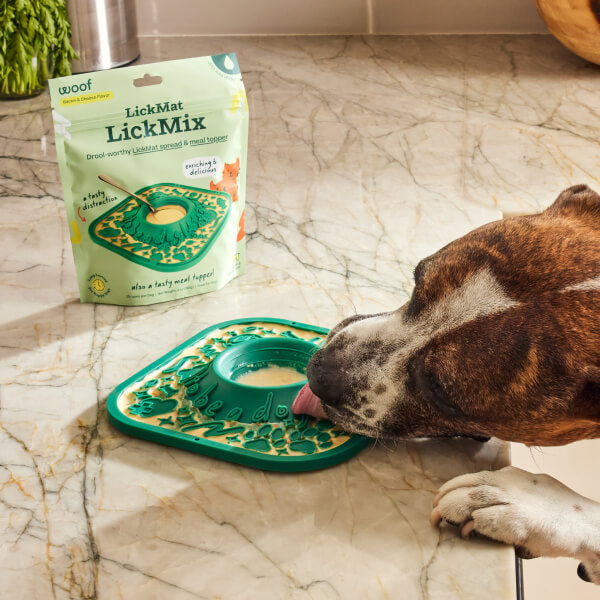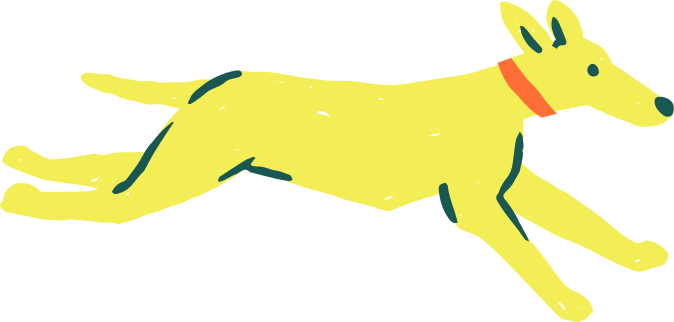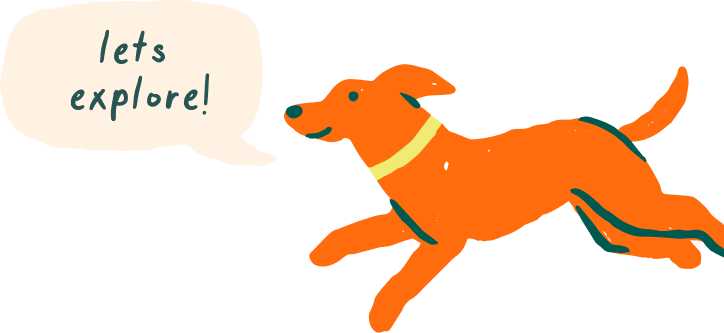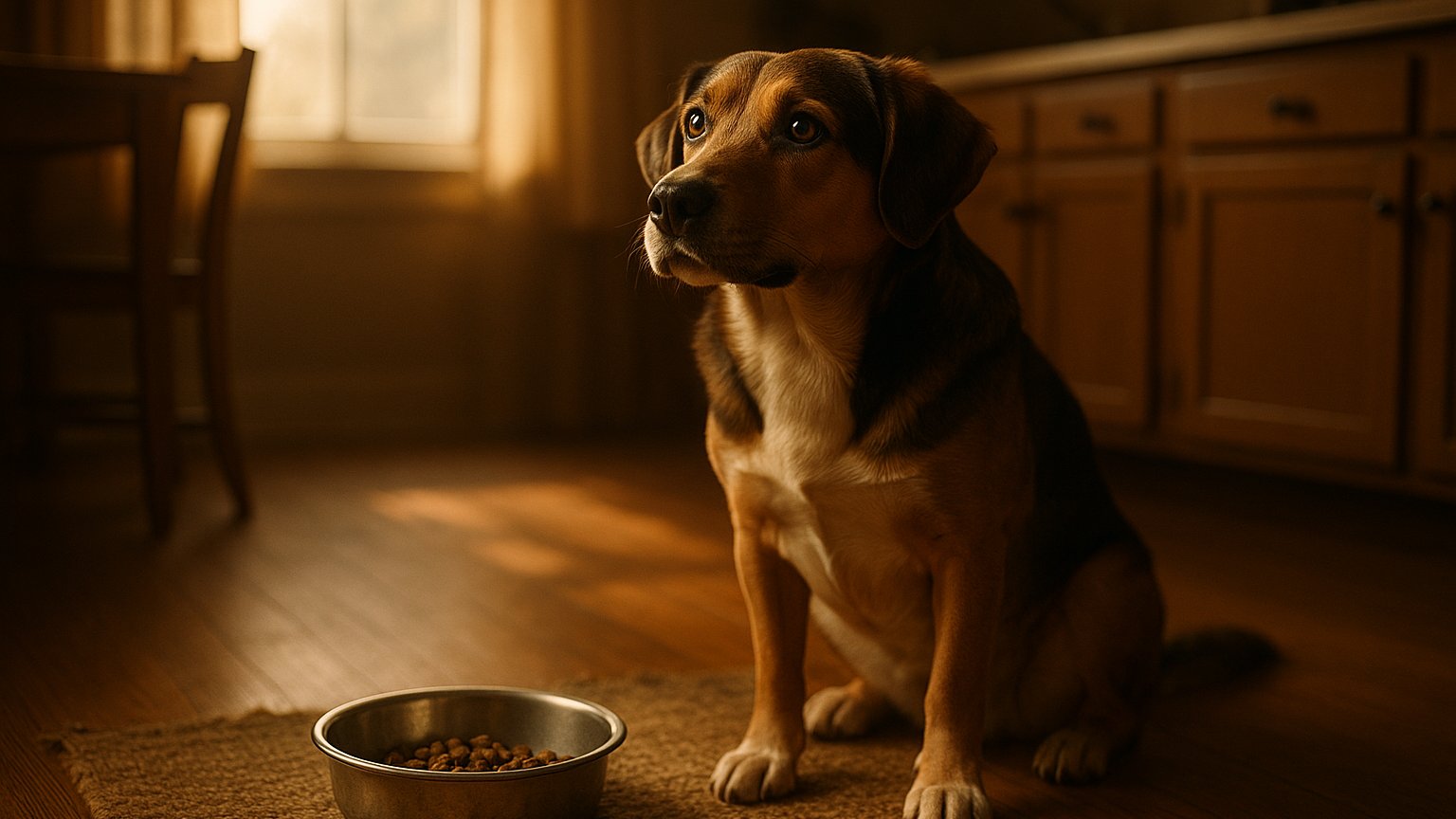
If your dog turns up his nose at dinner, you might be wondering: Should I take my dog's food away if he doesn't eat it? It's a common dilemma for pet parents, and the answer isn't one-size-fits-all. Understanding your dog's behavior and health is key to making the right decision.
Why Dogs Skip Meals
Dogs may occasionally ignore a meal, and in many cases this isn’t cause for alarm. But consistent refusal to eat should always raise a red flag. Common reasons include:
- Medical issues: Nausea, gastrointestinal upset, pancreatitis, dental disease, parasites, or systemic conditions like kidney or liver disease can all cause appetite loss.
- Behavioral factors: Stress from a new environment, changes in household routine, or even dominance dynamics with other pets.
- Diet-related factors: Overfeeding treats, frequent access to table scraps, or feeding too many high-value chews can make kibble or regular meals less appealing.
- Environmental issues: Warm weather, low activity levels, or stale food left out too long may discourage eating.
Veterinarians recommend that if your dog refuses more than one meal, or skips meals along with vomiting, diarrhea, lethargy, or weight loss, you should seek medical evaluation immediately.
Should You Remove the Food?
Yes—in most cases, removing uneaten food after 15–20 minutes is the best practice. This feeding strategy, called meal feeding or structured feeding, has several benefits:
- Prevents food spoilage and bacterial growth, especially with wet or raw diets.
- Reinforces the concept that food is available only at mealtime, not on demand.
- Helps maintain a predictable digestive schedule, reducing risk of upset stomachs.
- Supports training and portion control, especially for weight management.
By contrast, free-feeding (leaving food out all day) can encourage grazing, picky behavior, or even obesity—particularly in less active dogs.
How to Encourage Better Eating Habits
If your dog is healthy but reluctant at mealtime, you can make adjustments that are backed by veterinary and behavioral experts:
- Stick to consistent meal times. Feed at the same times each day to set expectations.
- Control treats and extras. Limit between-meal snacks, which can blunt appetite for balanced dog food.
- Enhance flavor and aroma. Warm the food slightly, mix in a small amount of Doggy Broth or sprinkle a topper like Bacon & Cheese Treat Mix.
- Make mealtime engaging. Tools such as The LickMat or LickMat Starter Pack add enrichment and stimulate natural foraging behaviors.
- Rotate proteins safely. Some dogs respond positively to variety, but always transition gradually to avoid digestive upset.
- Check serving size. Overly large portions can overwhelm a dog; smaller meals twice a day may work better.
What Not to Do
- Do not punish or scold. Negative associations around food can worsen anxiety and appetite loss.
- Do not endlessly “doctor up” meals. Constantly adding high-value foods can backfire, teaching your dog to wait for the “good stuff.”
- Do not ignore persistent refusal. If your dog skips multiple meals, it’s time for professional evaluation.
When to Call the Vet
Persistent picky eating isn’t just inconvenient—it can signal underlying disease. Call your vet if:
- Your dog refuses food for more than 24 hours (12 hours for puppies).
- Weight loss, vomiting, diarrhea, or lethargy accompany appetite loss.
- You notice dental pain, excessive drooling, or bad breath.
- Your dog is on medication that could be affecting appetite.
Key Takeaway
If your dog doesn’t eat his food, remove it after 15–20 minutes. This approach sets healthy boundaries, prevents waste, and supports better long-term eating habits. Enhance meals with safe toppers or interactive feeders, but always monitor health closely. For ongoing issues, veterinary guidance is essential.
